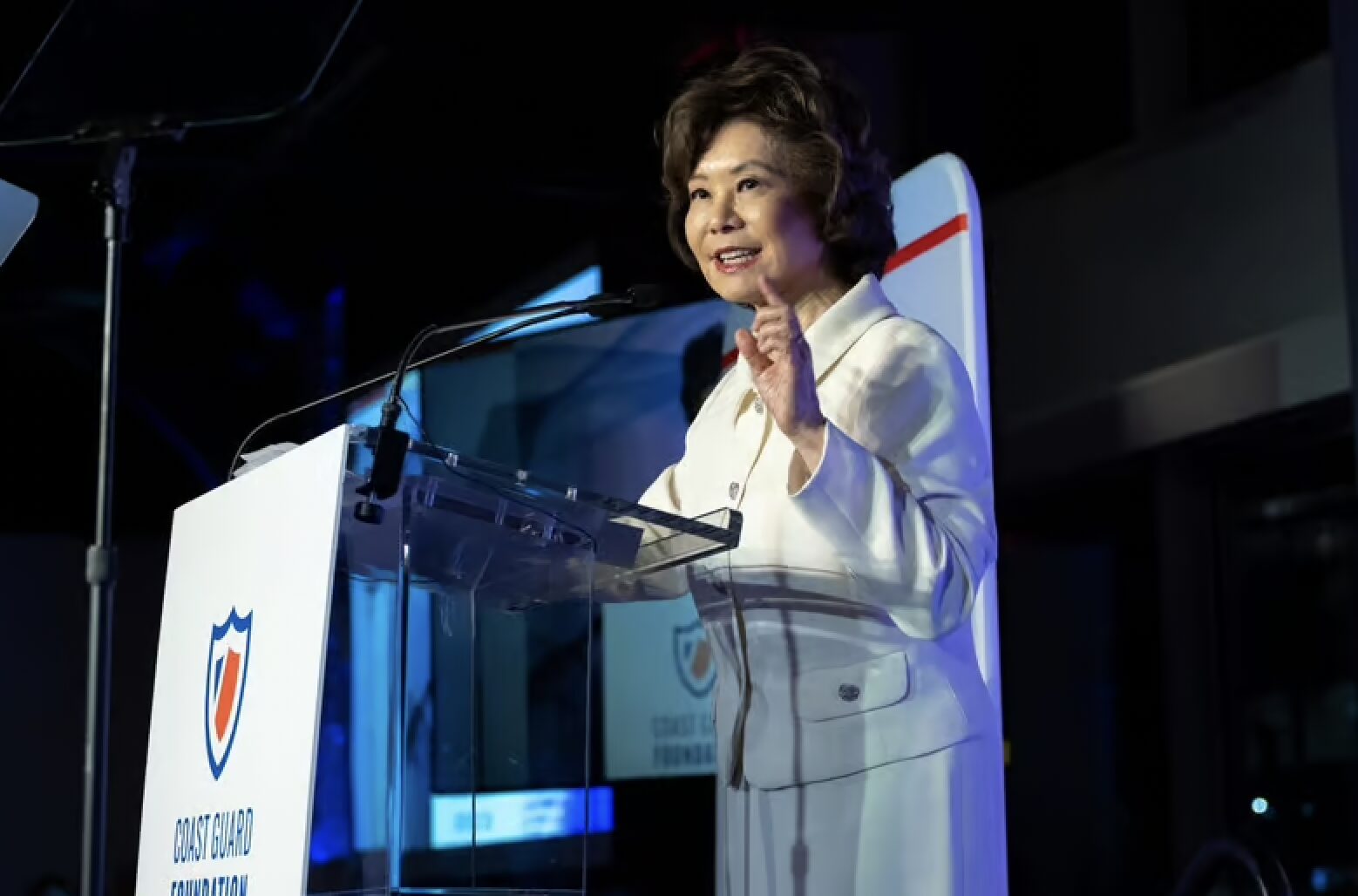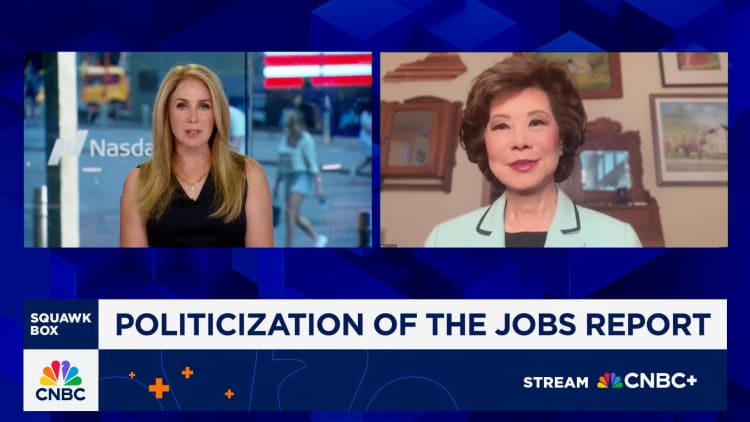Think strategically, communicate clearly and remember that ‘personnel is policy’
The writer is former US secretary of labor and secretary of transportation
The first day as a US cabinet secretary is surreal. You walk into a massive department, tasked with steering a vast ship of programs, policies and people. Americans are trusting you to execute daily on their behalf. And the world is watching.
There’s no manual for the job. But as deputy secretary of transportation, secretary of labor and secretary of transportation, I learnt a few lessons along the way that may offer some insight for the assembly of public servants about to enter the new administration.
Transitions are a whirlwind. The first order of business is often a directive from the White House on January 20 to freeze or reverse executive orders from the previous administration within the first 60 days. This has been a routine activity throughout presidential history, and it is one that requires aggressive maneuvering straight out of the gate.
The real work begins with staffing. President Ronald Reagan’s administration famously coined the phrase “personnel is policy”. But that concept is more than clever wordplay — it’s about survival.
The White House Office of Presidential Personnel will help, but new appointees should bear in mind that the PPO is juggling about 4,000 positions across the government, over 1,000 of which are Senate-confirmed. This is a massive undertaking that often relies on input from the relevant cabinet secretary. Any incoming secretary who has candidates in mind needs to act fast. The sooner sub-cabinet level nominees are in place, the sooner a department reaches full capacity to carry out the president’s priorities.
While confirmations grind through the Senate, it is imperative to think strategically about temporary appointments, especially as deputies sometimes lead agencies for a lengthy period if confirmations stall.
During my tenure at the Department of Transportation, some nominees were never confirmed, victims of Democrat partisanship. As secretary, I was frustrated by such obstruction, even as I was among the first to get many departmental officials confirmed.
There was an era when nominees were granted broad deference by the other side of the aisle and routinely confirmed by large bipartisan margins. Furthermore, a bigger margin of victory paved the way for greater influence in office. But in an era of heightened partisanship, those days may well be over.
Building an effective communications operation is also a top priority. Clarity and consistency are the best tools to align internal department objectives and keep external stakeholders informed of key priorities.
Seeking the help of hard-working career civil servants can be productive. They are storehouses of vast institutional knowledge and, if treated with respect, can help achieve the administration’s goals. In any large federal department, organizational respect isn’t granted automatically with the title of secretary. It has to be earned over time.
But this isn’t just about relationships; it’s also about strategy. The budget is the lifeblood of a department’s priorities. Talk with the Office of Management and Budget early and often. Regulations and deregulations, meanwhile, require a longer, often multiyear process.
Leadership at this level is a balancing act. The days are long and the challenges are immense. But the opportunity to make a lasting impact — on the department, the country and the American people — makes it worth every sleepless night. Real change requires strategy and patience. It’s vital to fight smart.
My advice? Lead with respect, purpose and an eye towards the long game. Serving the American public was one of the greatest honors of my life. And it will be the same for those about to enter the new administration.







